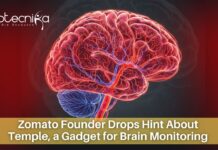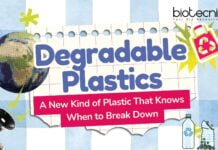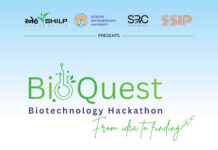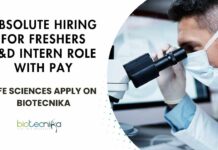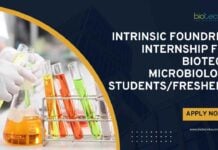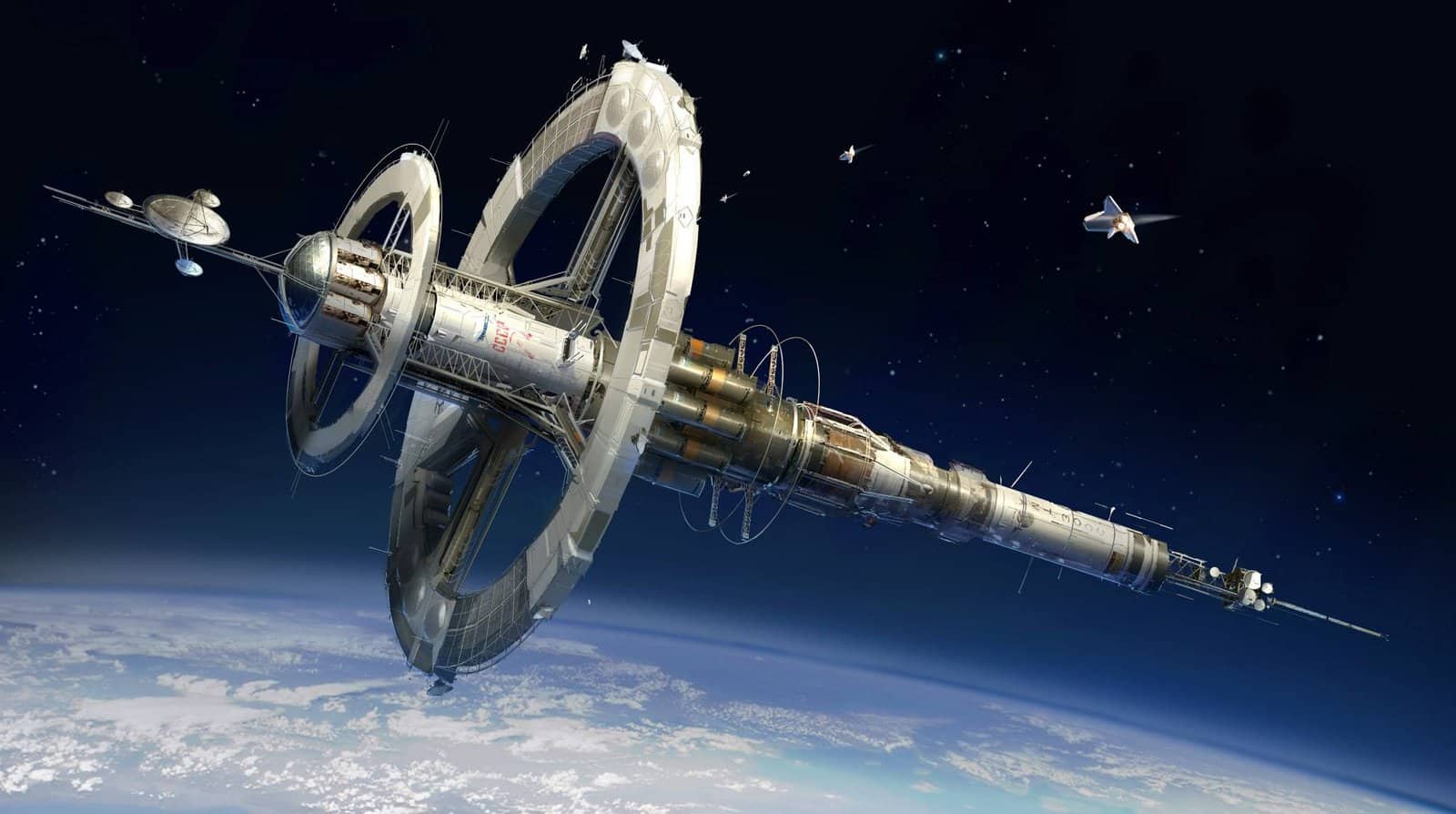DNA Sequencing in Space : Scientists to first time sequence DNA in Space
When in 2009, Kate Rubins was called by NASA to join them, she happily traded her clean lab suit for a spacesuit. And now Rubins is a member of the 20th group of astronauts chosen by the space agency, and she is about to make her first trip to the ISS this month.
Rubins is a trained virologist which makes her all the more special. Since her selection, she has closed up her laboratory at the Whitehead Institute for Biomedical Research in Cambridge, Mass., and undergone extensive training for space that included prolonged underwater sessions and military pilot courses.
Onboard, Rubins will be responsible for conducting and monitoring more than 250 experiments from researchers around the world, including an investigation into the mechanics of sequencing DNA in microgravity—a feat first pulled off last fall by Johns Hopkins University researchers onboard a parabola-flying plane.
Below is an interview with Rubins stating about her upcoming sojourn to space, which will last about four months.
Is it rare for an astronaut to be a molecular biologist?
No, its not such a rare case, she said. NASA has had biochemists in the past. Scientist-astronauts really started in the Apollo days, when they started bringing geologists in. Lately there’s more of a research focus on biology and molecular biology. So far I’ve worked to upgrade our hood, in which we do biology experiments on the space station. Now we have the capability to maintain a sterile environment for any experiments with living organisms.
Will you be conducting any of your own research up there?
My research on the ground was focused on smallpox, Ebola and viral genomics. For obvious reasons, we’re not bringing Ebola to the space station. But the work I’ve done with dangerous pathogens helps you concentrate and keep your head together in a difficult and high-pressure situation.
What’s one of your favorite experiments onboard?
One thing we’re trying to understand is how DNA-sequencing technology will work in the microgravity environment. This is really cool for me because very small, portable sequencing devices are also used in the field—during a monkeypox outbreak, for example. The kind of technology they use in a remote field medical center is the same kind of technology you’d probably start designing for an instrument on Mars or deep-space exploration. The really critical question for NASA is whether these devices can detect signatures of life in the universe.
http://https://youtu.be/XLIsm9uiXqs
So will you perform the first genetic sequencing in space?
I hope so, if it all works out with the timing. The first part of the experiment is more technology development: looking to see how this kind of sequencing technology behaves in microgravity. We don’t know if bubbles will form or how the sequencing reaction will work without gravity. The second part is, What happens to DNA in space? Sequencing DNA on the ISS will enable NASA to see what happens to genetic material in space in real time, rather than looking at a snapshot of DNA before launch and another snapshot of DNA after launch and filling in the blanks. We can also look at epigenetic modifications to the genome caused by radiation, sleep changes, and so on.
What have you learned that you never expected to?
How to remove and replace jet engines.


